I. Introduction
A. Definition of Pet Training
PETSIDI – Pet training refers to the process of teaching and guiding our furry companions to behave in a manner that is both socially acceptable and safe. It’s a collaborative effort between pet and owner, fostering a relationship built on trust and understanding.
B. Importance of Pet Training
Why invest time in training your pet? The answer lies in the harmonious coexistence of pets and their human counterparts. A well-trained pet contributes to a peaceful home, enriching the lives of both the animal and its owner.
C. Overview of Key Benefits for Pets and Owners
- Happy Pets: Trained pets are generally happier, as they understand boundaries and expectations.
- Peaceful Homes: Training ensures a tranquil living environment, free from disruptive behaviors.
- Safety: Well-behaved pets are less likely to engage in dangerous activities, reducing the risk of accidents.
- Bonding: Training strengthens the bond between pets and owners, fostering a deep connection.
II. Basic Principles of Pet Training
A. Understanding the Psychology of Pets
The cornerstone of effective pet training lies in delving into the fascinating world of our four-legged companions. Just like humans, pets have their unique personalities, motivations, and ways of interpreting the world. Understanding their psychology is not about turning into a pet psychologist but rather grasping a few key concepts.
- Instincts and Drives: Pets, be they dogs, cats, or even rabbits, possess innate instincts and drives. Recognizing these natural behaviors helps tailor training methods that align with their instincts. For example, a dog’s natural inclination to fetch can be harnessed for positive reinforcement during training.
- Social Pack Dynamics: Many pets, especially dogs, have a deep-rooted sense of pack mentality. This means they thrive on structure, hierarchy, and clear communication. Training that mirrors these social dynamics ensures a harmonious relationship between pet and owner.
- Learning Styles: Pets, like humans, have different learning styles. Some may respond better to visual cues, while others might rely more on auditory signals. Observing and adapting to your pet’s preferred learning style enhances the efficiency of training sessions.

B. Positive Reinforcement Techniques
Positive reinforcement is the linchpin of successful pet training. It’s not about dominating your pet but rather fostering a positive association with desired behaviors. Here’s a breakdown of this powerful technique:
- Rewards: Treats, affection, and praise act as rewards for good behavior. The joyous expression on a dog’s face when receiving a treat reinforces the positive association with the action they just performed.
- Timing is Key: Immediate reinforcement is crucial. Associating the reward directly with the desired behavior strengthens the connection in the pet’s mind. Delayed reinforcement may lead to confusion.
- Consistency: Consistency in rewarding positive behavior is vital. Whether it’s using a clicker, saying “good job,” or offering a treat, maintaining a consistent approach helps pets understand what’s expected of them.
C. Consistency and Patience in Training
Building a well-behaved pet requires a commitment to consistency and patience. Think of pet training as a journey, not a sprint. Here’s how these principles play a pivotal role:
- Routine Training Sessions: Establish a routine for training sessions. Consistency in timing and duration creates a structured environment, signaling to your pet that it’s time to focus and learn.
- Repetition: Repetition is the mother of skill. Repeating commands and actions helps reinforce the learning process. Be patient; pets may not grasp a concept immediately, and repetition aids in the development of muscle memory.
- Positive Environment: Creating a positive training environment is equally important. A calm and encouraging atmosphere reduces stress and fear, allowing pets to learn more effectively.

III. Types of Pet Training
A. Obedience Training
1. Basic Commands (Sit, Stay, Come)
Sit: Teaching your pet to sit on command is a fundamental building block in obedience training. Start with a treat held above their head, leading them into a seated position. Repeat the process, gradually introducing the verbal cue “sit.” The joy of a successful sit met with a treat and praise, solidifies the connection between the command and the action.
Stay: The “stay” command is invaluable, ensuring your pet remains in place until given the signal to move. Begin with a short distance and gradually increase it. Combine treats and encouraging words when they successfully maintain the stay position. This command enhances safety, preventing impulsive actions in potentially risky situations.
Come: Recall training, or teaching your pet to come when called, is crucial for their safety and your peace of mind. Use a positive tone and enticing rewards to make coming to you a rewarding experience. Practice in controlled environments, gradually progressing to more distracting settings. This command creates a reliable connection between you and your pet, fostering trust and responsiveness.
2. Leash Training
Walking your pet should be an enjoyable experience, not a tug-of-war. Leash training involves teaching your furry companion to walk politely on a leash, without pulling or dragging. Begin in a low-distraction environment, rewarding your pet for walking beside you. Consistency is key; reward desired behavior and stop moving when pulling occurs. Over time, your pet will associate walking on a loose leash with positive outcomes.
B. Behavior Training
1. Addressing Common Behavior Issues (Barking, Biting, Digging)
Barking: Excessive barking can be a common challenge. Identify the triggers – it could be excitement, fear, or boredom. Redirect their attention through commands like “quiet” and reward silence. Consistent reinforcement helps them understand when barking is appropriate.
Biting: Teething or playfulness can lead to biting behaviors. Substitute inappropriate items with chew toys, redirecting their focus. Use commands like “gentle” and reward gentle behavior. This not only addresses biting but also establishes communication boundaries.
Digging: Digging is often a result of instincts or boredom. Create a designated digging area with loose soil or sand. Encourage digging in that specific spot and reward them, gradually shifting the behavior to the designated area.
2. Socialization Skills
Socialization is a cornerstone of behavior training. It involves exposing your pet to various environments, people, and other animals. Start in controlled settings, gradually increasing complexity. Positive experiences during socialization build confidence and reduce the likelihood of fear-based behaviors.
C. Specialized Training
1. Service Animal Training
Training a pet for specialized tasks requires a unique approach. For service animal training, focus on specific tasks relevant to the owner’s needs. Positive reinforcement is crucial, creating a bond built on trust and reliability. Seek guidance from professionals experienced in service animal training for tailored assistance.
2. Agility Training
Agility training is a fun and physically stimulating activity. Set up a course with tunnels, jumps, and weave poles. Use treats and praise to guide your pet through the course. Agility training not only improves physical fitness but also enhances mental agility, providing a well-rounded and engaged pet.
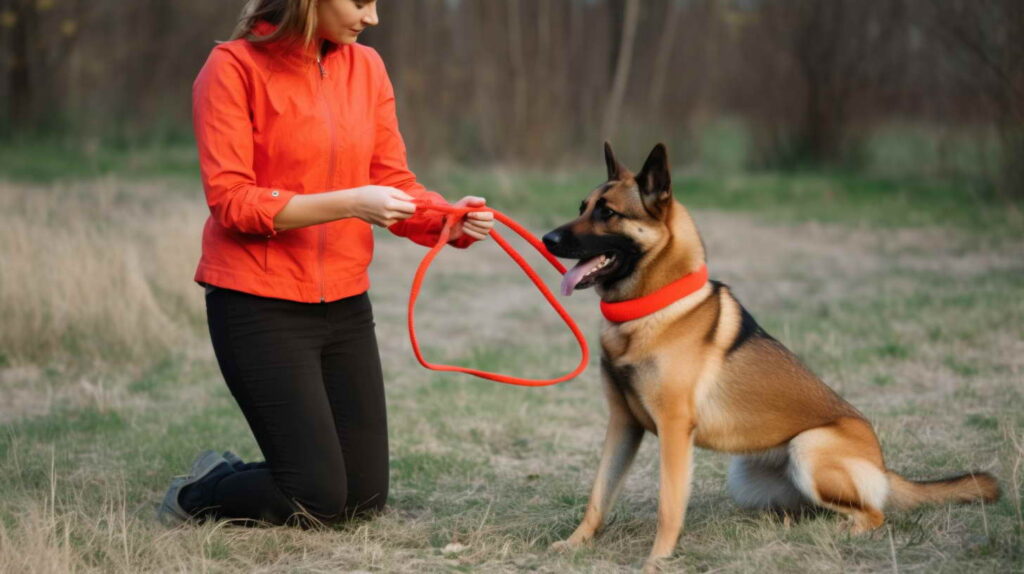
IV. Tools and Resources for Pet Training
A. Training Aids (Clickers, Treats, Toys)
1. Clickers:
Clicker training is a popular method that utilizes a small device that makes a distinct clicking sound. The click serves as an immediate and consistent signal for correct behavior. The simplicity of the clicker makes it an effective communication tool, especially during the initial stages of training when precise timing is crucial. Clickers are readily available, affordable, and easy to use, making them an invaluable asset in shaping desired behaviors.
2. Treats:
Treats are the currency of positive reinforcement. They act as immediate rewards, reinforcing the connection between the desired behavior and a positive outcome. Opt for small, easily consumable treats to maintain your pet’s focus and prevent overindulgence. Varied treats, ranging from biscuits to small bits of meat, provide diversity and keep the reward exciting. Always choose treats appropriate for your pet’s size, dietary needs, and preferences.
3. Toys:
Toys play a dual role in training – they serve as both rewards and engagement tools. Interactive toys, such as puzzle feeders, keep your pet mentally stimulated. Including playtime in training sessions helps maintain enthusiasm and energy levels. For example, a game of fetch can seamlessly incorporate the “come” command, turning a training exercise into a bonding playtime.
4. Collars:
-
Flat Collars:
Flat collars made of nylon or leather are the most common type used in pet training. They provide a point to attach the leash for activities like walking or obedience training. Choose an appropriately sized flat collar fitted snugly enough that it can’t slip over your pet’s head. During training, use gentle leash pressure paired with positive reinforcement to shape leash manners and teach commands like “heel.” The flat collar allows clear communication without causing discomfort when fitted and used properly.
-
Martingale Collars:
Martingale collars offer enhanced control and prevent pets from slipping out of their collars, without restricting breathing like choke collars when properly fitted. They feature a loop that tightens slightly when pressure is applied but does not continue to tighten. Use martingales for pups still learning leash manners. The tension redirects their attention back to the handler. This communication helps reinforce training commands. Martingales should only be used under supervision to prevent injury. When paired with positive reinforcement, they are a helpful training tool.
B. Professional Trainers and Training Classes
1. Professional Trainers:
Enlisting the help of a professional trainer can be a game-changer in the training journey. Trainers bring expertise, experience, and a fresh perspective to address specific challenges. They tailor training methods to suit individual pets, ensuring a customized approach. Look for trainers with positive reinforcement philosophies, emphasizing gentle and effective techniques.
2. Training Classes:
Group training classes offer a structured and social environment for both pets and owners. These classes often cover basic obedience commands, addressing common behavior issues, and providing an opportunity for pets to socialize. The group setting enhances socialization skills and allows owners to learn from one another’s experiences. Training classes are particularly beneficial for first-time pet owners seeking guidance and support.
C. Online Resources and Tutorials
1. Video Tutorials:
The digital era has brought forth a wealth of online resources, including video tutorials. Platforms like YouTube feature a plethora of training videos covering various topics, from basic commands to addressing specific behaviors. Video tutorials provide a visual guide, allowing owners to observe training techniques in action.
2. Online Forums and Communities:
Joining online forums and communities dedicated to pet training provides a valuable support network. These platforms enable pet owners to share experiences, seek advice, and learn from one another. Engaging with a community fosters a sense of camaraderie and offers diverse perspectives on training challenges and successes.
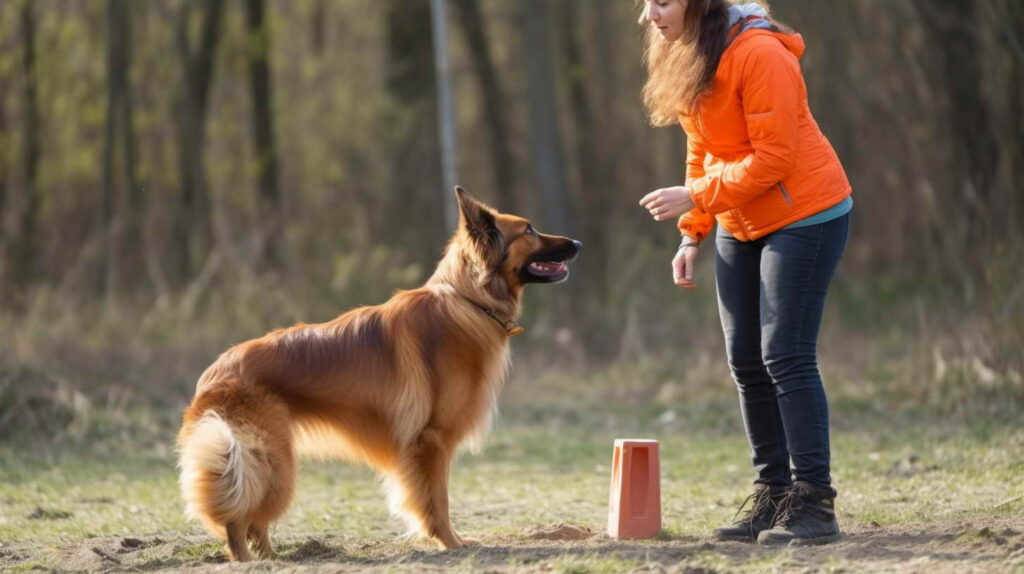
V. Common Challenges in Pet Training
A. Lack of Consistency
Consistency is the cornerstone of effective pet training, and the lack thereof poses a common challenge. Pets thrive on routine and repetition. Inconsistency in commands, rewards, or consequences can lead to confusion and hinder the learning process.
Solution: Establish a consistent training schedule. Use the same commands consistently, and reward or redirect behavior predictably. Involve all family members in the training process, ensuring everyone follows the same guidelines. Consistency reinforces expectations, helping your pet understand and respond reliably.
B. Addressing Specific Behavioral Issues
Each pet comes with its unique set of behavioral challenges. From excessive barking to destructive chewing, these issues can test an owner’s patience and persistence.
Solution: Identifying the root cause of the behavior is crucial. Is it boredom, fear, or an unmet need? Tailor your training approach to address the underlying issue. For example, if your pet is chewing due to teething, provide appropriate chew toys and redirect their attention. Seeking guidance from a professional trainer can also provide targeted solutions for specific challenges.
C. Training Multiple Pets in a Household
Managing the training of multiple pets in a household can be a juggling act. Each pet has its personality, learning style, and behavioral quirks.
Solution: Individualized attention is key. While group activities and commands are beneficial, allocate specific time for one-on-one training sessions with each pet. This ensures that each pet receives the attention they need and reduces competition for resources. Consistent rules across all pets help maintain a harmonious environment.
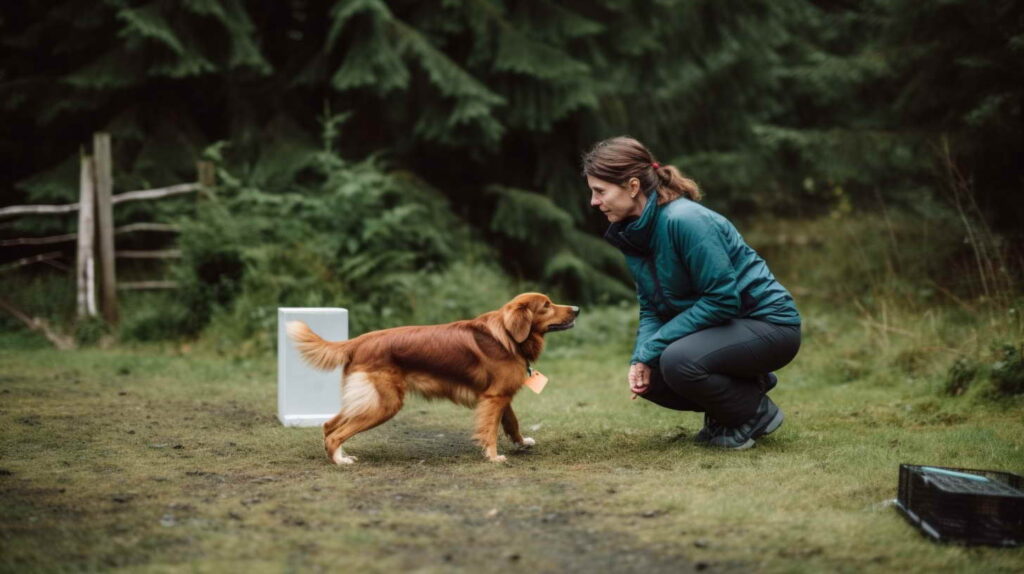
VI. Benefits of Pet Training
A. Enhanced Bond Between Pets and Owners
The bond between pets and owners deepens significantly through training. When pets learn to trust and respond to their owners’ cues, a sense of connection flourishes. This bond goes beyond simple obedience; it reflects a shared language and understanding, creating a fulfilling and joyful companionship.
How to Enhance Bonding: Incorporate playtime into training sessions. Play reinforces positive behavior and strengthens the emotional connection. Use training as an opportunity for quality time, and observe how your pet’s responsiveness becomes a testament to the bond you share.
B. Improved Communication
Training establishes a clear line of communication between pets and owners. Through consistent commands and cues, pets learn to understand and respond appropriately to various situations.
Communication Tips: Keep commands simple and consistent. Use visual and verbal cues together to reinforce understanding. Pay attention to your pet’s body language, responding to their cues as well. The more attuned you are to each other, the smoother the communication becomes.
C. Increased Safety for Pets and Others
Training is a vital component of ensuring the safety of pets and those around them. Whether it’s avoiding dangerous situations, responding to commands promptly, or interacting safely with children, a trained pet is better equipped for a secure and enjoyable life.
Safety Practices: Regularly practice commands in different settings to reinforce reliability. Use training to instill boundaries, preventing pets from engaging in risky behaviors. A well-trained pet is a responsible companion, ensuring a safe environment for themselves and others.
VII. Case Studies and Success Stories
A. Real-Life Examples of Successful Pet Training
Embarking on the journey of pet training often involves overcoming unique challenges, and real-life case studies illustrate the transformative power of patient guidance and positive reinforcement.

1. Case Study: From Trauma to Triumph – The Rescued Pup
Meet Max, a rescue dog with a troubled past. Max exhibited fear-based aggression, a common challenge for dogs who have experienced trauma. His new owner, Sarah, sought professional guidance to address Max’s behavior and build trust.
Training Approach: Sarah collaborated with a positive reinforcement trainer specializing in rescues. They started with basic commands, using treats and praise to create positive associations. Slowly exposing Max to new environments and people helped desensitize him to triggers.
Outcome: Over time, Max’s fear-based behaviors diminished. Through consistent training, he transformed into a confident and well-adjusted companion. Max’s success story highlights the resilience of rescue animals and the impact of tailored training methods.
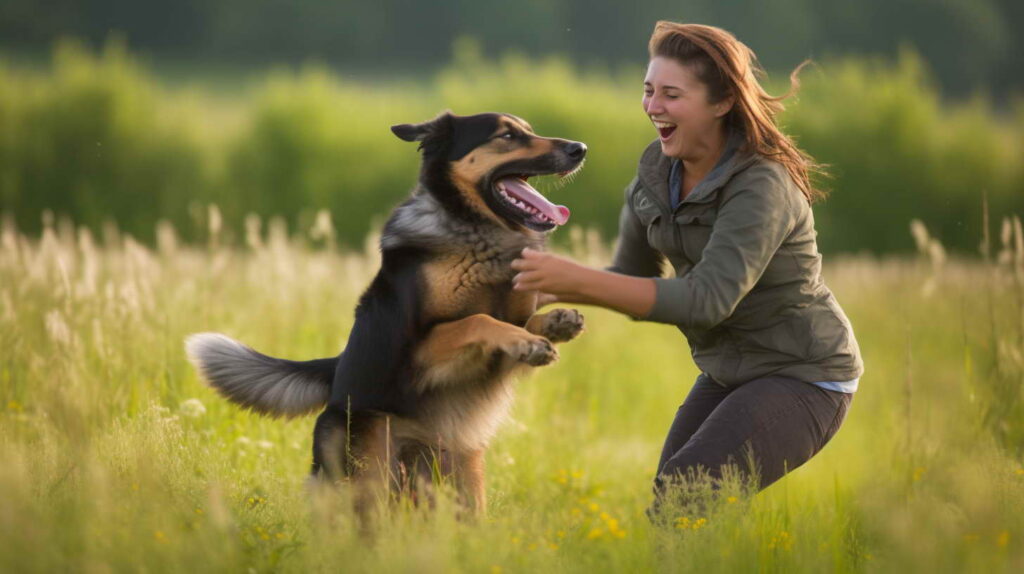
2. Case Study: Tackling Territorial Tendencies – The Guard Dog’s Journey
Bella, a German Shepherd, displayed territorial behavior, barking aggressively at anyone approaching her home. Concerned about her family’s safety, Bella’s owners sought assistance to curb this behavior.
Training Approach: A professional trainer worked with Bella’s owners to implement positive reinforcement techniques. Bella learned commands like “quiet” and “stay,” accompanied by rewards. The trainer also incorporated controlled introductions to visitors, rewarding calm behavior.
Outcome: With consistent training, Bella’s territorial tendencies diminished. She now responds to commands promptly and greets visitors with a wagging tail. Bella’s success demonstrates the effectiveness of targeted training in addressing specific behavioral challenges.
B. Testimonials from Pet Owners and Trainers
Realizing the impact of successful pet training goes beyond statistics; it’s about the lived experiences of pet owners and the professionals who guide them.
1. Pet Owner Testimonial: A Harmony of Commands and Companionship
“I never thought training could be so rewarding until we started with our Golden Retriever, Charlie. Learning basic commands like ‘sit’ and ‘stay’ not only made daily routines smoother but also deepened our bond. The joy on Charlie’s face when he gets it right is priceless. Training is not just about obedience; it’s about forging a connection built on trust and shared understanding.”
— Emily, Proud Pet Owner

2. Trainer’s Perspective: The Journey to Canine Confidence
“As a trainer, witnessing the transformation of pets like Max is incredibly fulfilling. It’s not just about teaching commands; it’s about unlocking their potential and helping them overcome past traumas. Positive reinforcement is a powerful tool in building confidence and fostering a positive outlook. Each success story reinforces the impact of patient, compassionate training.”
— Dr. Karen Rodriguez, Certified Dog Trainer
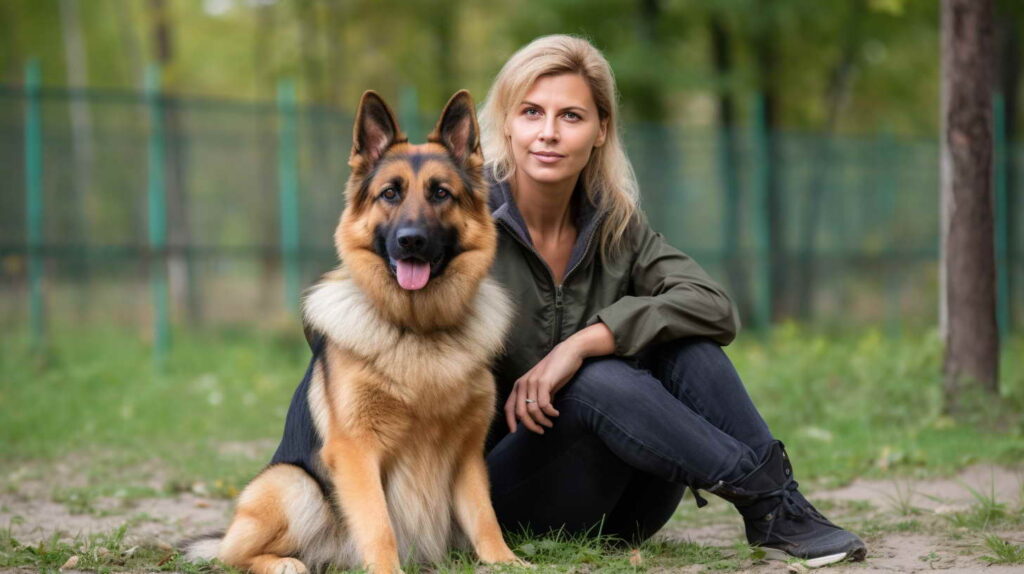
Takeaways and Reflection
These case studies and testimonials highlight that pet training is a dynamic journey with unique challenges and triumphs. From rescued pets overcoming trauma to territorial tendencies being curbed through positive reinforcement, each story emphasizes the importance of tailoring training to individual needs.
Key Learnings:
- Tailor Training Methods: Each pet is unique, and successful training involves tailoring methods to address individual challenges and personalities.
- Celebrate Small Victories: Training is a step-by-step process. Celebrating small victories along the way reinforces positive behavior and motivates pets to continue learning.
- Professional Guidance Matters: Seeking guidance from professional trainers can provide invaluable insights and support, especially for complex behavioral issues.
- Shared Experiences: Pet owners sharing their experiences create a sense of community. Learning from one another’s successes and challenges fosters a supportive environment for both pets and their owners.

VIII. Ethical Considerations in Pet Training
A. Avoidance of Harmful Training Methods
Ensuring the ethical treatment of pets during training is paramount. While the goal is to instill positive behaviors, the methods employed must prioritize the well-being of the animal, avoiding any form of physical or psychological harm.
1. Positive Reinforcement vs. Punitive Measures:
Positive reinforcement, such as treats and praise, is a cornerstone of ethical training. It reinforces desired behaviors without causing stress or fear. Conversely, punitive measures, like shock collars or physical punishment, can lead to anxiety and mistrust. Ethical training focuses on building a bond through trust and understanding.
2. Consent and Comfort:
Respecting a pet’s comfort and consent is crucial. Forcing a pet into a training situation that causes distress violates ethical principles. Ethical training involves gradual exposure, allowing pets to acclimate at their own pace. This ensures a positive learning environment that respects the pet’s emotional well-being.
B. Respecting the Well-being of the Pet
Understanding and prioritizing the physical and emotional well-being of the pet is fundamental to ethical training practices. Training should enhance their life, not compromise their overall welfare.
1. Mental Stimulation:
Ethical training goes beyond obedience commands; it includes mental stimulation. Engaging pets in activities that challenge their minds fosters a sense of fulfillment. Puzzle toys, interactive games, and varied training exercises contribute to mental well-being.
2. Monitoring Stress Signals:
Pets communicate stress through body language. Ethical trainers are attentive to stress signals such as panting, trembling, or avoiding eye contact. Recognizing these cues allows for adjustments in training methods to create a positive and stress-free learning experience.
C. Balancing Discipline with Love and Care
Discipline is a component of training, but it must always be balanced with love and care. Ethical training involves setting boundaries without resorting to harsh measures that compromise the pet’s trust.
1. Constructive Discipline:
Discipline in ethical training is constructive rather than punitive. Redirecting undesired behaviors, providing alternative activities, and reinforcing positive actions guide the pet toward appropriate conduct. This approach maintains a positive training atmosphere.
2. Affectionate Guidance:
The use of affection and positive reinforcement ensures that pets associate training with love. Pets thrive in environments where boundaries are set with kindness. Ethical training establishes a partnership built on mutual respect, where pets feel secure and loved.
Reflecting on Ethical Considerations
Ethical considerations in pet training encompass a commitment to humane methods that prioritize the well-being of the pet. Whether avoiding harmful training practices, respecting their comfort and consent, prioritizing mental stimulation, or balancing discipline with care, ethical training establishes a foundation for a positive and fulfilling relationship.
Guiding Principles for Ethical Training:
- Empathy: Understand and empathize with your pet’s perspective. Consider how training methods may impact their emotions and behaviors.
- Patience: Recognize that learning takes time. Ethical training involves a patient approach that allows pets to progress at their own pace.
- Adaptability: Tailor training methods to the individual needs and personality of your pet. What works for one may not work for another.
- Professional Guidance: Seek guidance from certified trainers who prioritize ethical considerations. Their expertise ensures a training process that aligns with the well-being of the pet.
IX. Conclusion
A. Recap of the Importance of Pet Training
In concluding our exploration of pet training, let’s revisit its significance. Training is not just a task; it’s an investment in the well-being and happiness of both pets and their owners.
B. Encouragement for Pet Owners to Invest in Training
For those embarking on the journey of pet ownership, the message is clear: invest in training. The rewards are boundless, creating a fulfilling and lasting relationship with your furry friend.
C. Final Thoughts on the Lifelong Benefits of Well-Trained Pets
As we bid farewell, remember that pet training is not a destination but a journey. The benefits extend throughout the lifetime of your pet, creating a legacy of joy, companionship, and shared adventures. Start training today and watch your pet transform into the well-behaved, happy companion you’ve always envisioned.


Leave a Reply